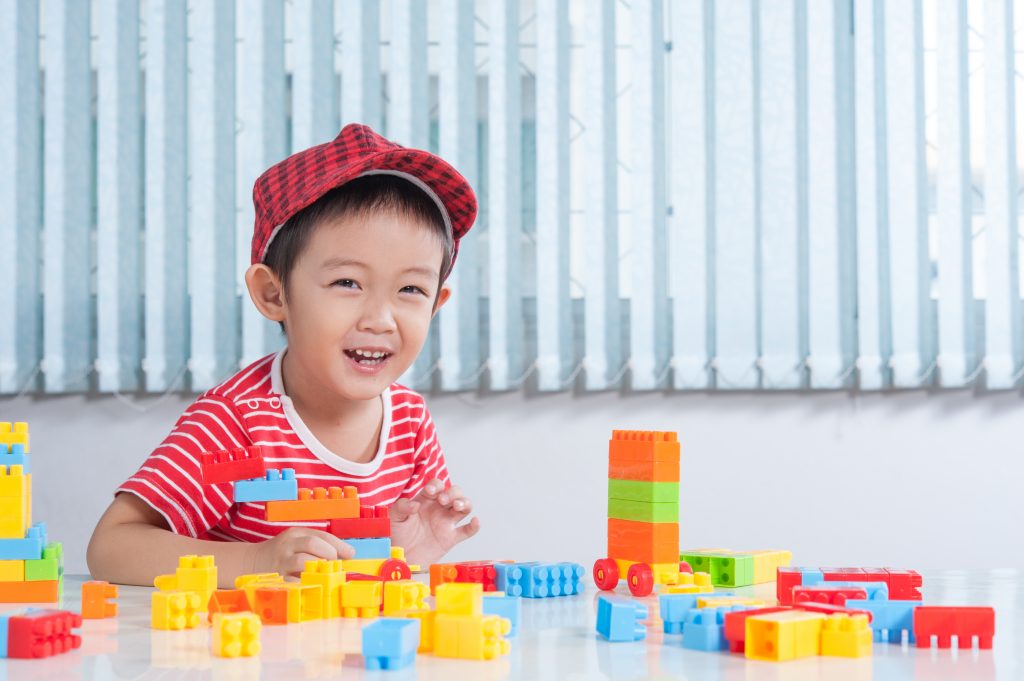Lisa Bintrim, Childrens Librarian, Canton Branch

When we talk about early literacy learning, we often focus on the cognitive processes—firing neurons and strengthening synapses to build the pathways through the brain that allow language development. But literacy also requires physical skills, including eye strength and coordination.
Much like other physical skills such as sitting up, standing, and walking, which become automatic over time, infants and toddlers have to learn how to focus their eyes, coordinate them to work together, and use them to track objects across space, all of which are necessary for reading and writing. By talking, singing, reading, and playing together, you can help your child develop the physical skills they need for literacy.
Talk:
- Talk (or sing) to your infant as you move around the room. The sound of your voice will encourage them to follow you with their eyes.
- Point to or touch things as you talk about them. You can also gently guide your child’s hand to point to an object.
- Follow your child’s gaze and talk about whatever they are looking at.
Sing:
- Sing songs with finger or arm movements, such as “The Itsy-Bitsy Spider” and “The Wheels on the Bus.” Encourage toddlers to begin making the movements themselves.
- Use scarves, rattles, or other props while singing to help focus your child’s attention and encourage visual tracking.
Read:
- Choose books that have just a few words on each page, simple illustrations, and lots of white space.
- Point to words and objects on the page as you read together.
- Repeat the same books. Familiarity with the words and pictures will allow your child’s brain to relax, freeing up energy to build focus skills.
Play:
- Play peek-a-boo or simple hide-and-seek games (e.g., putting a toy in a closed hand or behind your back). These games not only encourage visual tracking but also help develop object permanence.
- Blow bubbles; encourage your child to reach out and pop the bubbles.
- With older infants and toddlers, roll a ball back and forth to encourage visual tracking and hand–eye coordination.
Sources
- American Optometric Association. Infant Vision: Birth to 24 Months of Age.
- Zerotothree.org. Activities for Bonding and Learning from 12 to 24 Months.